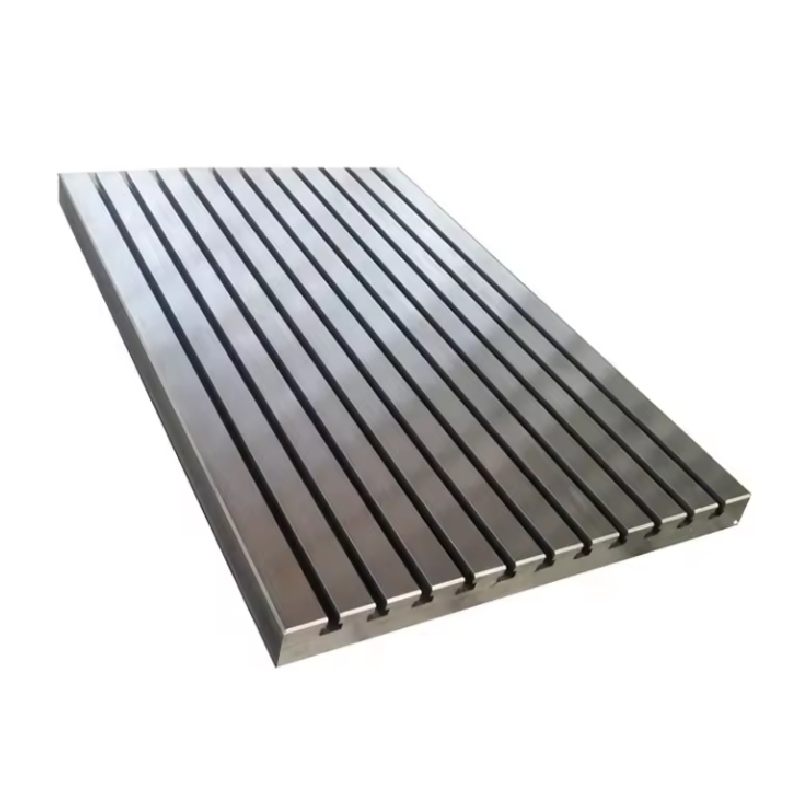Sep . 15, 2024 00:40 Back to list
level measurement tool
Understanding Level Measurement Tools A Comprehensive Overview
Level measurement is a crucial aspect of many industrial processes, ensuring the appropriate level of liquids or solids in various containers, tanks, and silos. Accurate level measurement is essential for process control, safety, and efficiency. There are various tools and technologies available to measure levels, each with its unique principles and applications. This article delves into the various types of level measurement tools, their working principles, and their applications across different industries.
Types of Level Measurement Tools
1. Float-Based Level Sensors Float level sensors utilize the buoyancy principle, where a float rises or falls with the level of the liquid. As the float moves, it alters the position of a connected arm or magnet, which sends an electrical signal to indicate the level. This method is straightforward and widely used for liquids in tanks.
2. Ultrasonic Level Sensors Ultrasonic sensors measure the distance to the surface of a liquid or solid by emitting sound waves. The device calculates the level based on the time it takes for the sound waves to travel to the surface and back. Ultrasonic sensors are non-contact, making them ideal for corrosive or hazardous substances.
3. Radar Level Sensors Similar to ultrasonic sensors, radar level sensors use electromagnetic waves. They offer higher accuracy and can work in challenging conditions, such as high pressure or temperature. Radar sensors are suitable for both liquids and solids, making them versatile tools in various industries.
4. Capacitive Level Sensors Capacitive sensors measure the changes in capacitance caused by the presence of a material. They are often used for detecting the levels of liquids and some solids in non-metallic containers. Capacitive sensors can be non-contact or contact types and are known for their sensitivity and accuracy.
level measurement tool

5. Pressure Transducers These sensors measure the hydrostatic pressure exerted by the liquid column above the sensor. The pressure reading is then converted into a level measurement. This method is effective for various liquid levels and is commonly used in applications involving tanks and reservoirs.
Applications of Level Measurement Tools
Level measurement tools find applications in numerous sectors, including
- Oil and Gas Monitoring tank levels for safety and inventory management. - Water Treatment Ensuring proper water levels in treatment plants and reservoirs. - Food and Beverage Maintaining quality by controlling ingredient levels during production. - Chemical Processing Protecting against overflow and ensuring consistent mixing ratios. - Pharmaceuticals Ensuring the accurate measurement of raw materials for product safety and compliance.
Conclusion
Effective level measurement is integral to various industrial processes, enhancing operational efficiency and safety. As technology advances, the tools available for level measurement continue to evolve, providing more accurate, reliable, and versatile solutions. From float-based sensors to radar technologies, the choice of the right level measurement tool depends on the specific requirements of the application, including the type of material, environmental factors, and required precision. Understanding these tools' principles and applications allows industries to optimize their operations, reduce waste, and enhance productivity.
-
Precision Manufacturing with Advanced Spline Gauge DesignNewsJul.31,2025
-
Industrial-Grade Calibrated Pin Gauges for Exact MeasurementsNewsJul.31,2025
-
Industrial Filtration Systems Depend on Quality Filter DN50 SolutionsNewsJul.31,2025
-
High-Performance Gate Valve WholesaleNewsJul.31,2025
-
Granite Surface Plate The Ultimate Solution for Precision MeasurementNewsJul.31,2025
-
Granite Industrial Tools The Ultimate Guide for Bulk BuyersNewsJul.31,2025
Related PRODUCTS









